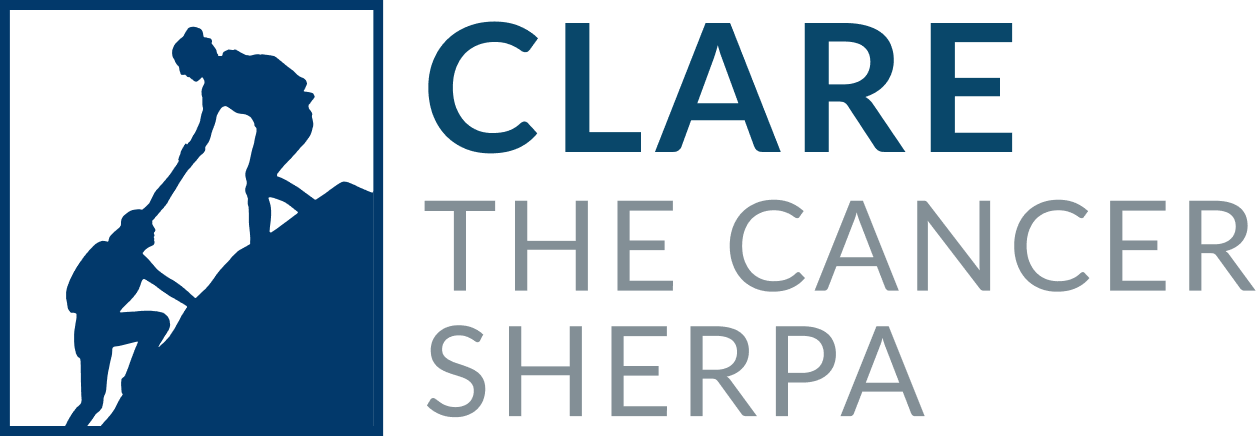As we well know, some cancers don’t care about your efforts to keep illness at bay. Others, though, are preventable through fairly simple measures. One such example is cervical cancer.
Human papillomavirus (HPV) is the most prevalent sexually transmitted infection in the US. Eight out of ten sexually active women will be infected by age 50. 90% of women with HPV will clear the infection on their own within two years. However, it is still essential to know if you have the virus. Specifically, if it is one of the two strains – HPV types 16 and 18 – that account for over 70% of cervical cancers and precancerous cervical lesions.
Approximately 14,000 American women will be diagnosed with cervical cancer in 2023, as it is the fourth most prevalent cancer among women nationally. Women can also develop vaginal, vulvar, anal, and back of throat cancer from an HPV infection, and over 19,000 women will be diagnosed with HPV-related cancer this year. Men certainly aren’t in the clear, either. Nine out of ten sexually active men carry the HPV virus. And while 90% of those men will clear the virus within two years, over 12,000 men will be diagnosed with penial, anal, or back of throat cancer due to an HPV infection.
Most sexually active Americans will not develop cancer from an HPV infection. However, it’s worth minimizing your risk through a few simple precautions.
You’ve heard us scream it from the rooftops before: get vaccinated. The CDC recommends that preteens, ages 11-12 (or starting as early as 9), get the HPV vaccine, as well as anyone age 26 or under who has not been vaccinated. Here are the three available vaccines:
- Cervarix (2vHPV) – Bivalent (protects against the two deadliest strains of HPV) vaccine administered in three doses.
- Gardasil (4vHPV) – Quadrivalent (protects against the four deadliest strains of HPV) vaccine administered in two or three doses.
- Gardasil 9 (9vHPV) – Nine-valent (protects against nine strains of HPV) vaccine that includes the four deadliest strains and some lower-risk strains that cause symptoms like genital warts. It is administered in two or three doses.
Contact your or your child’s physician to determine which vaccine is right for you and/or your child. Here are the CDC recommendations and more information about HPV and the associated cancer risk.
It’s also crucial to get tested regularly. Your doctor can give you a personalized recommendation for exams and tests. Still, an annual Pap smear and HPV test (a Pap smear alone is not enough) can help identify any change, precancerous cells, or lesions that may cause cancer later.
As HPV is an STI (sorry for the acronym soup), using protection is an effective way of guarding yourself from the virus and other infections or diseases. Yale reports that “condom use has been associated with a lower rate of cervical cancer.”
Health can be a fickle friend. There are so many factors we can’t control and cancers that we cannot prevent. So, if there’s something you can do to safeguard yourself from a few of them, it’s a no-brainer to us. If you need help or have questions regarding HPV prevention, infection, and related cancers, send us a message today.

